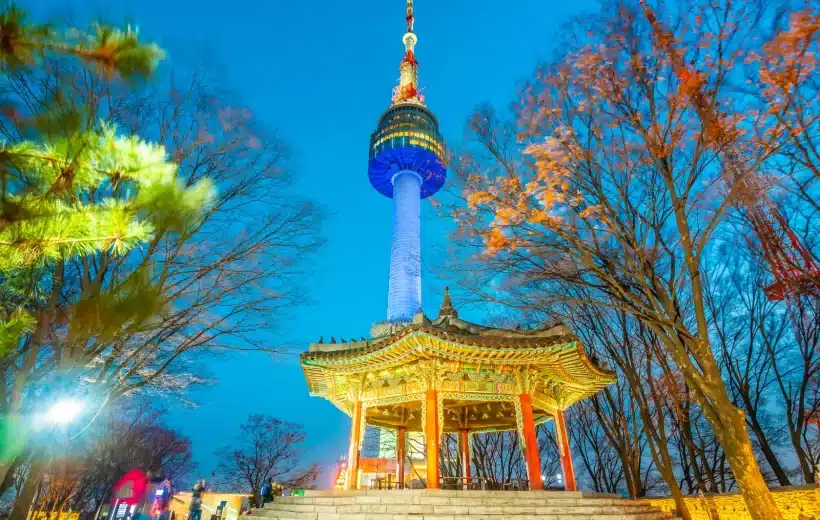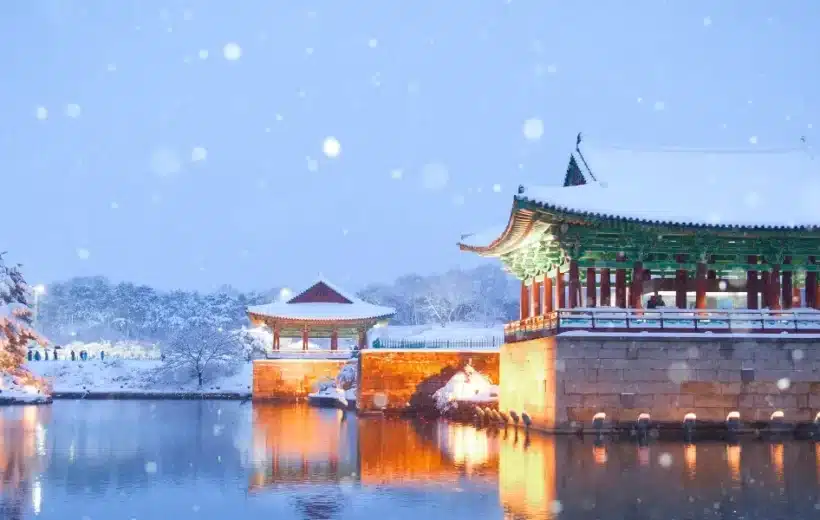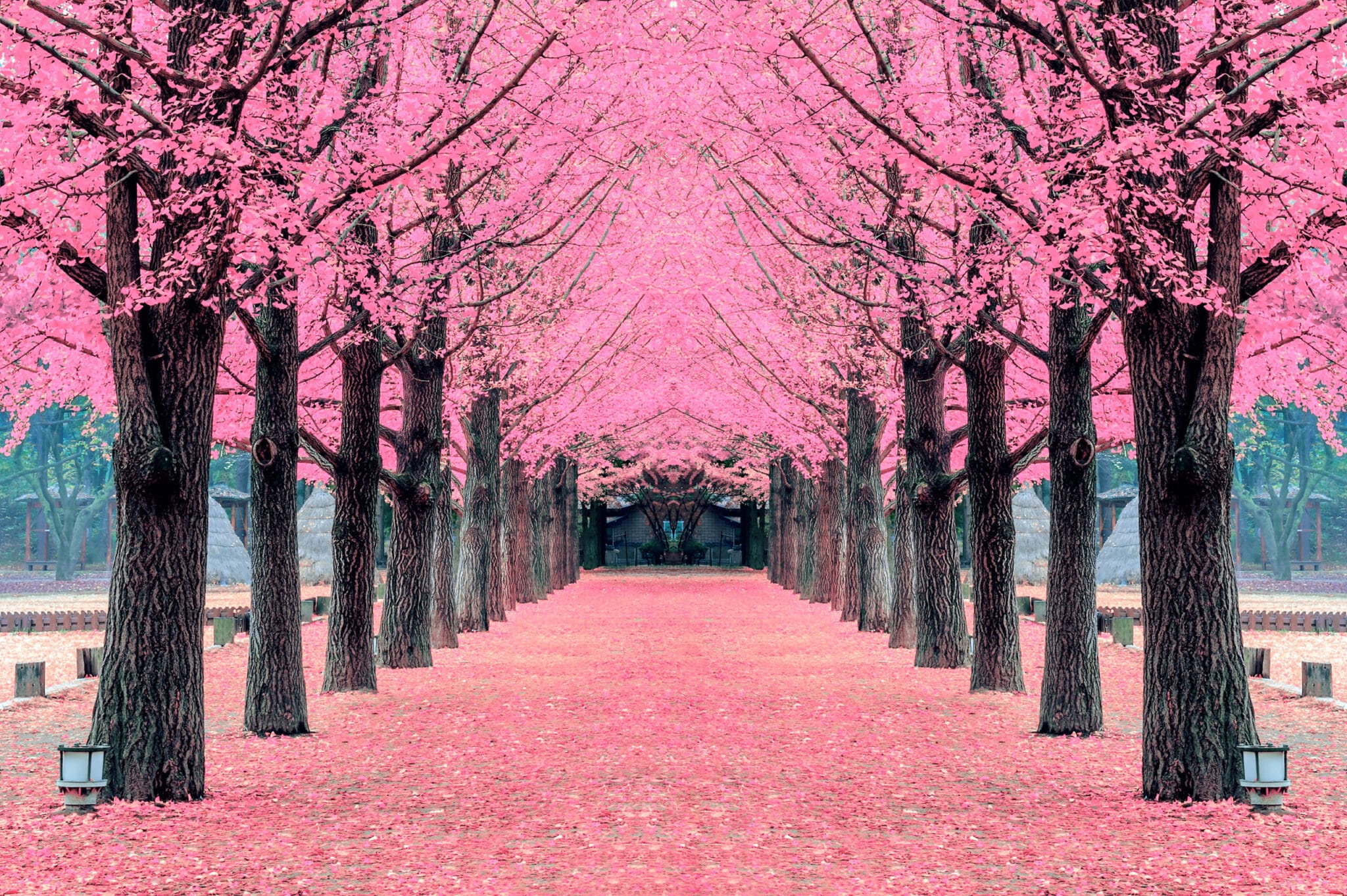GYEONGGI-DO
GMT +09:00
Time zone
KRW
currency
20+
Places to go in GYEONGGI-DO?
KOREAN
LANGUAGE
FEB - JULY
Best time to visit
Overview
Gyeonggi-Do, located in the heart of South Korea, is a province that is often overlooked by tourists in favor of more well-known destinations such as Seoul and Busan. However, Gyeonggi-Do has a lot to offer visitors, from stunning natural landscapes to rich cultural heritage.
In this article, we will take you on a journey through the hidden gems of Gyeonggi-Do, introducing you to some of the province’s most impressive sights and experiences.
Gyeonggi-Do: A Brief Overview
Gyeonggi-Do is located in the central part of the Korean Peninsula, surrounding Seoul on all sides. It is the most populous province in South Korea, with a population of over 12 million people.
The province is divided into three regions: Gyeongin, Yeongdong, and Gyeonggi. Each region has its own unique cultural and historical significance, and there is much to discover in all three.
Historical Sites in Gyeonggi-Do
Gyeonggi-Do has a rich and fascinating history, with numerous sites and landmarks that offer a glimpse into the past. Here are just a few of the most notable historical sites to explore:
Suwon Hwaseong Fortress: Built in the late 18th century, this impressive fortress is a UNESCO World Heritage Site and a must-visit for history buffs.
Gwanggyo Lake Park: This beautiful park is home to a number of historical sites, including the Gwanggyo Historic Site and the Gwanggyo Lake Pavilion.
Korean Folk Village: This living museum showcases traditional Korean life from the Joseon Dynasty era, offering visitors a glimpse into the past.
Popular attractions of GYEONGGI-DO:
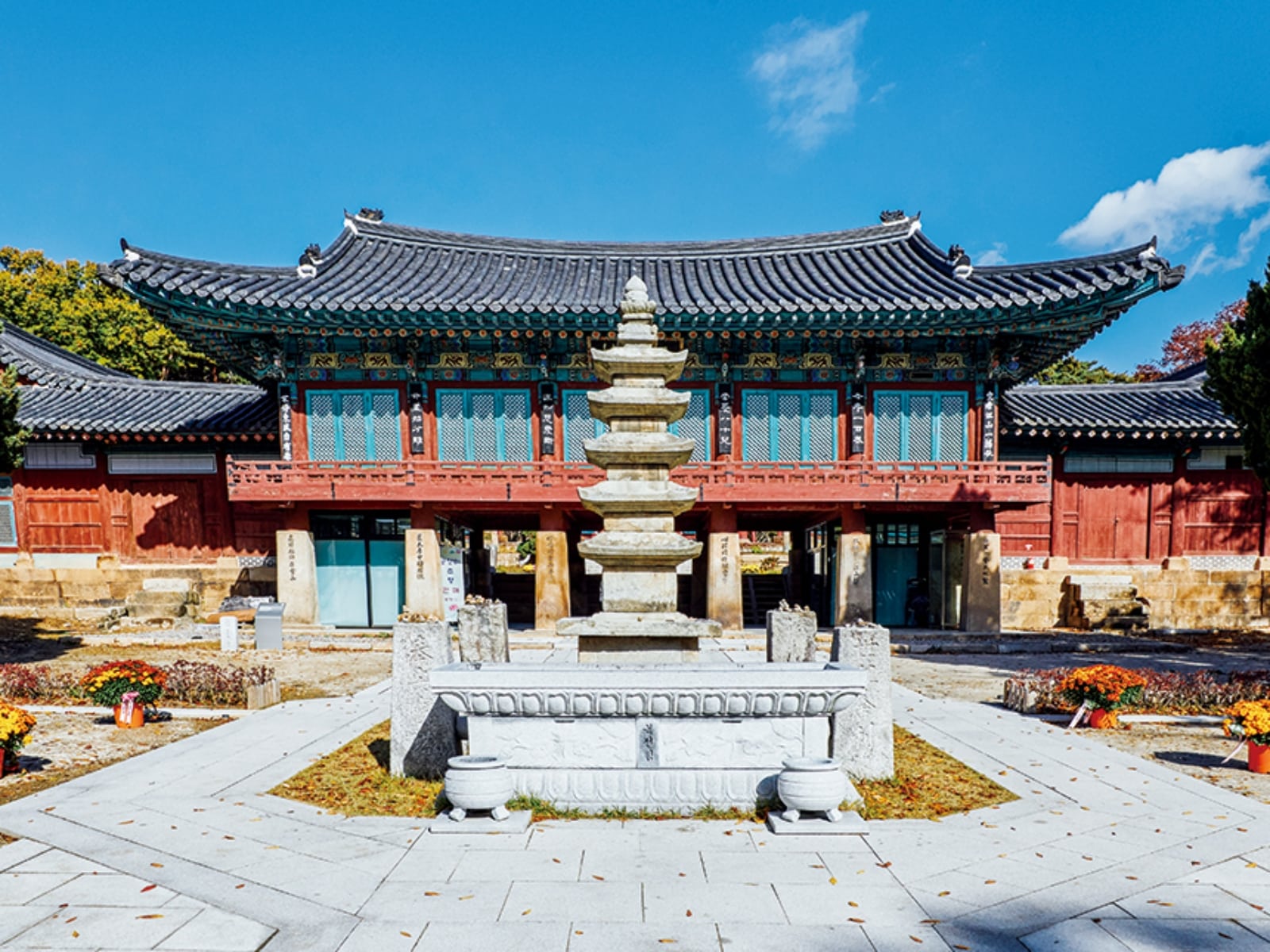
Yongjusa Temple
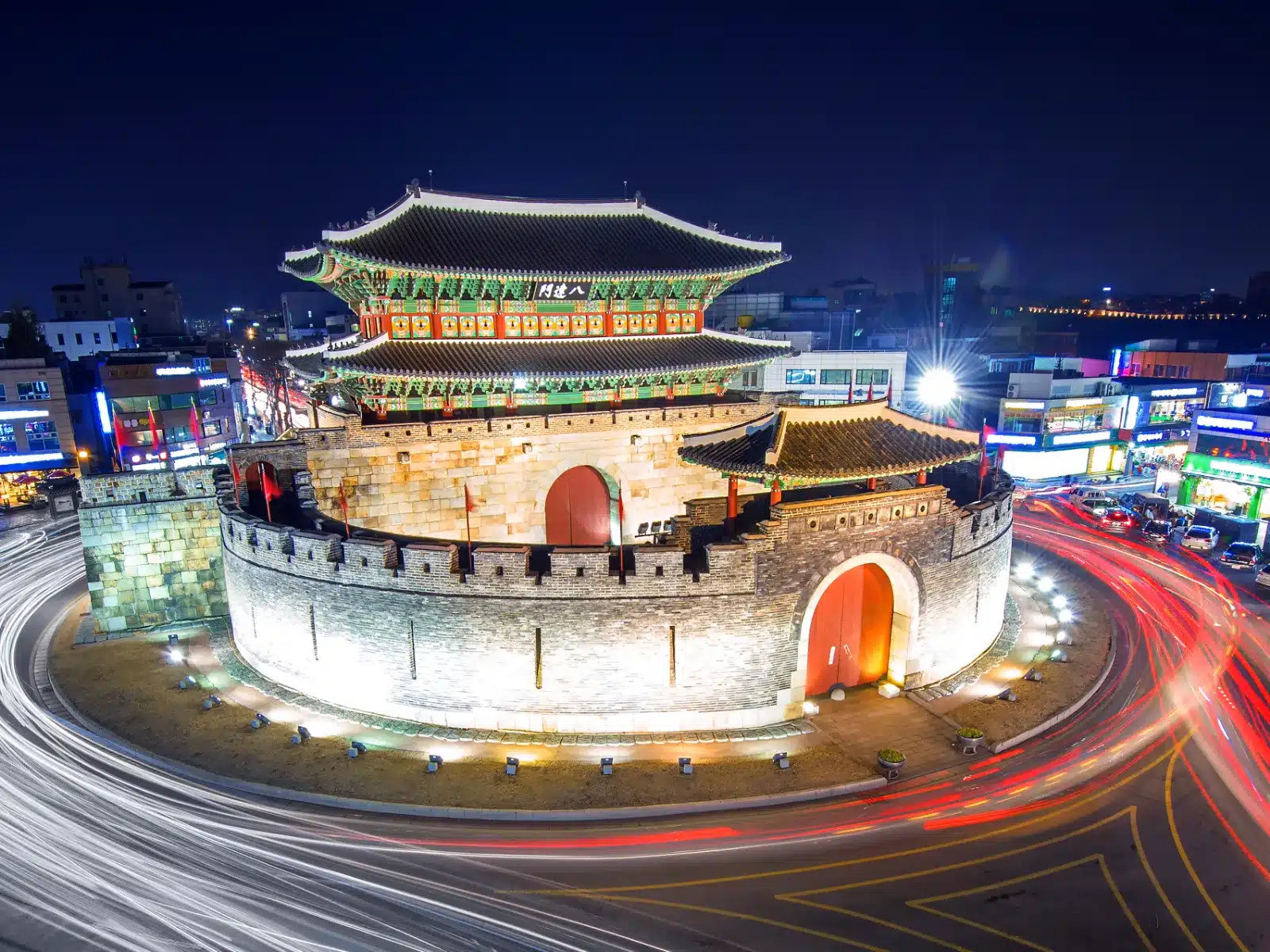
Suwon Hwaseong Fortress

KOREAN FOLK VILLAGE
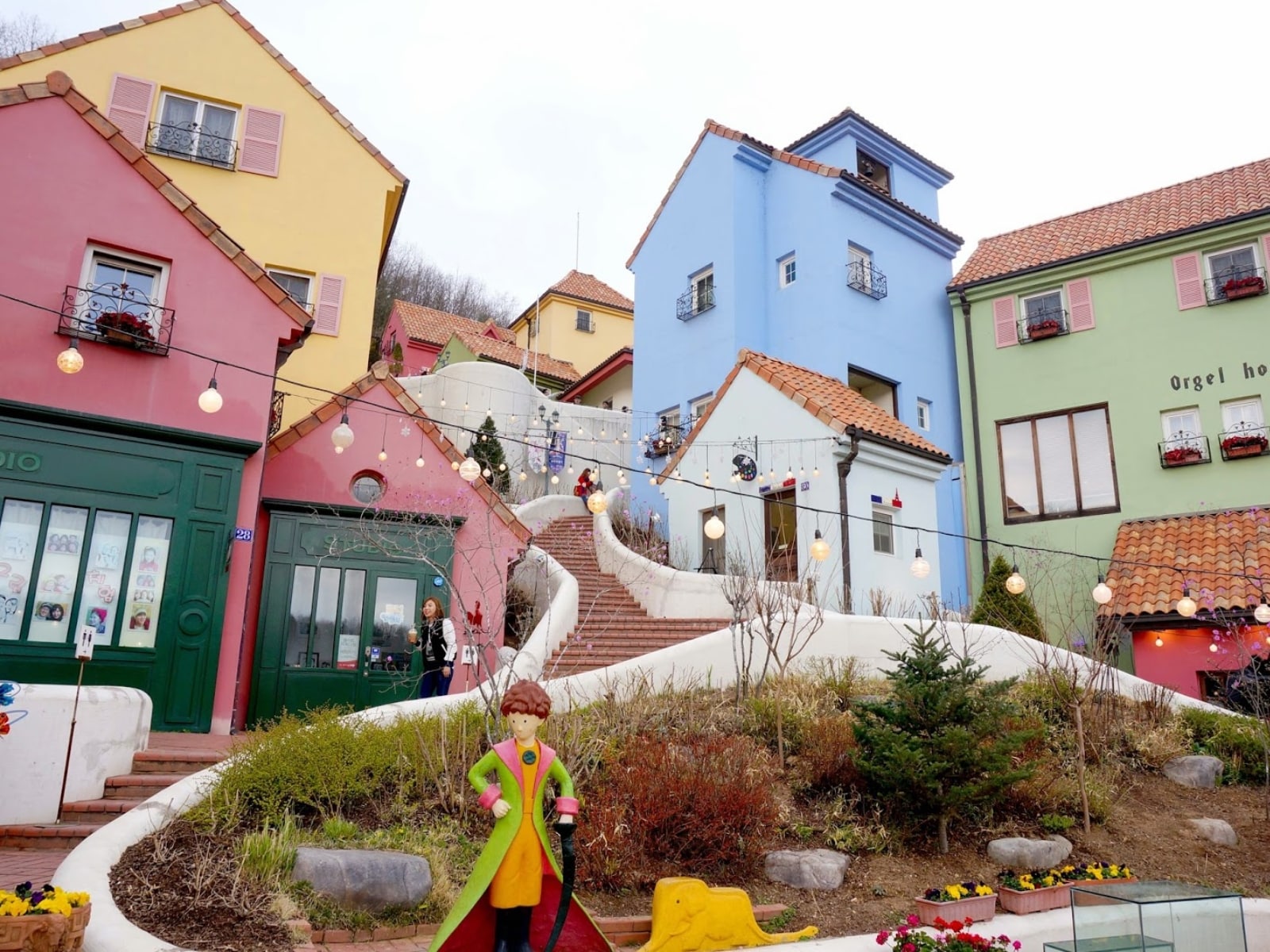
PETITE FRANCE
Gyeonggi-do is a region in South Korea that is rich in history and culture. It is home to many amazing places that attract tourists from all over the world. Here are some of the top places to visit in Gyeonggi-do:
Suwon Hwaseong Fortress: Suwon Hwaseong Fortress is a UNESCO World Heritage Site and one of the most impressive fortresses in Korea. Built in the late 18th century, it features impressive architectural features such as a four-kilometer wall, four main gates, and a range of military facilities. The fortress is open to visitors year-round and offers a range of educational and cultural programs.
Korean Folk Village: The Korean Folk Village is a living museum that showcases the traditional life and culture of the Joseon Dynasty. Visitors can see traditional Korean homes, shops, and farms and experience cultural events such as traditional dance performances and crafts workshops.
Everland Resort: Everland Resort is one of the largest amusement parks in Korea, and it features a range of thrilling rides and attractions, as well as a zoo and a botanical garden. The park is a popular destination for families and offers a range of entertainment options for all ages.
Petite France: Petite France is a charming French-themed village located in the countryside near Seoul. It features traditional French-style buildings and gardens, as well as a range of cultural events such as French music concerts and cooking workshops.
Gwangmyeong Cave: Gwangmyeong Cave is a unique attraction that offers visitors the chance to explore an underground cave system that has been transformed into an eco-friendly cultural space. The cave features a range of exhibitions and activities, including a light show and a traditional Korean performance.
Yongjusa Temple: Yongjoosa is a head temple of the Jogye Order of Korean Buddhism. It is located in on the slopes of Hwasan in Taean-eup, Hwaseong, in the province of Gyeonggi, South Korea. The temple’s name means “dragon jewel temple.”
Two large bells in the temple are believed to date to the Unified Silla period. One of them, the “Bell of Yongjoosa”, is designated national treasure 120.
The temple was initially established in 854 AD, under the name Garyangsa. It was expanded in the 10th century. It was rebuilt in the late 18th century under the orders of Jeongjo in honor of his deceased father, Prince Sado. This is one of few cases where the Joseon royal house supported Buddhism directly. At this time the temple changed to its current name.
Natural Wonders in Gyeonggi-Do
Gyeonggi-Do is also home to a number of breathtaking natural landscapes that are well worth exploring. Here are a few of the top natural wonders to check out:Cheonggyeongsa Temple: Nestled in the mountains, this temple is renowned for its stunning scenery and tranquil atmosphere.Bukhansan National Park: This vast national park offers miles of hiking trails, breathtaking views, and plenty of opportunities for wildlife spotting.Namhansanseong Provincial Park: This park is home to the Namhansanseong Fortress, a UNESCO World Heritage Site that offers incredible views and a fascinating history.
Food and Drink in Gyeonggi-Do
No visit to Gyeonggi-Do would be complete without sampling some of the local cuisine. Here are a few of the top dishes and drinks to try:
Dakgalbi: This spicy chicken dish is a local specialty and is best enjoyed in Chuncheon, where it originated.
Makgeolli: This traditional Korean rice wine is a popular drink in Gyeonggi-Do, and there are many local breweries that offer tours and tastings.
Suwon Galbi: This succulent grilled beef dish is a must-try when visiting Suwon, where it originated.
Gyeonggi-do is a province located in the central part of South Korea, surrounding the national capital city, Seoul. The province has over 12 million people, making it the most populous province in South Korea. Gyeonggi-do is also known for its significant contribution to the country’s economy, as it is home to many large corporations, including Samsung, LG, and Hyundai.
Geographically, Gyeonggi-do is a diverse region with both urban and rural areas. The province is home to many historical sites and cultural treasures, including UNESCO World Heritage sites such as the Suwon Hwaseong Fortress and the royal tombs of the Joseon Dynasty. Gyeonggi-do is also a popular destination for outdoor activities, including hiking, skiing, and water sports, thanks to its numerous mountains, rivers, and lakes.
Here are some more details about Gyeonggi-do:
Geography
Population
With a population of over 12 million people, Gyeonggi-do is the most populous province in South Korea. The population density is highest in the urban areas around Seoul, while the rural areas are more sparsely populated.
Economy
Gyeonggi-do is a key economic region in South Korea, accounting for around 20% of the country’s GDP. The province is home to many large corporations, including Samsung, LG, and Hyundai. It is also a major center for finance, transportation, and logistics.
Culture and Tourism
Gyeonggi-do is a rich cultural and historical region, with many important landmarks and attractions. Some of the top tourist destinations in the province include the Suwon Hwaseong Fortress, the royal tombs of the Joseon Dynasty, and the Korean Folk Village. The province is also a popular destination for outdoor activities, such as hiking in Bukhansan National Park or skiing in the Pyeongchang resort area.
Transportation
Gyeonggi-do is well-connected by various modes of transportation. The province has an extensive network of highways, including the Seoul-Busan Expressway and the Gyeongbu Expressway. It also has several major train stations, including Seoul Station, Suwon Station, and Cheongnyangni Station. In addition, the province has two major airports, Incheon International Airport, and Gimpo International Airport, both of which serve as important gateways to South Korea.
Gyeonggi-do is a dynamic and diverse province that offers something for everyone. Whether you’re interested in culture, history, or outdoor activities, there are plenty of things to see and do in this fascinating region of South Korea.
These are just a few of the many amazing places to visit in Gyeonggi-do. Whether you are interested in history, culture, or entertainment, this region has something to offer for everyone.
What You Need to Know Before Visiting GYEONGGI-DO
Gyeonggi-do is known for being the most populous province in South Korea, as well as for its close proximity to Seoul. It is also home to many historical sites, cultural attractions, and natural landscapes.
Some of the must-visit attractions in Gyeonggi-do include the Korean Folk Village, Everland Theme Park, Suwon Hwaseong Fortress, Nami Island, and the DMZ (Demilitarized Zone) Tour.
Gyeonggi-do is easily accessible by public transportation, including the subway and buses. There are also many expressways and highways that connect Gyeonggi-do to other parts of South Korea.
Some of the traditional foods in Gyeonggi-do include galbi (marinated grilled beef short ribs), dakgalbi (spicy stir-fried chicken), pajeon (green onion pancake), and makguksu (buckwheat noodles in a spicy broth).

